In 1980, Don Starkell and his son Dana embarked on what became the longest—and in another sense the largest—canoeing adventure ever. The two started from home in Winnipeg and finished in Belem, Brazil, a world-record-setting 19,603 kilometres later.
Don’s book about the journey, Paddle to the Amazon, became an instant classic in paddling circles thanks to its tales of pirate attacks, near starvation, accusations of espionage and threats of execution.
Despite this, Starkell has remained largely out of the pantheon of better-known adventurers like Steve Fossett, Sir Edmund Hilary and Colin Angus.
Starkell might soon be getting more widespread credit, thanks to filmmaker Chris Forde and his soon-to-be-released documentary. Forde is hoping Starkell’s book publisher will let him borrow the same title for the film.
Forde interviewed the main cast of characters including Starkell’s other son Jeff, who abandoned the trip halfway through. The film, however, is more than a regurgitation of the book.
As it turns out, when the project began the Starkells were re-tracing a section of the original trip. This excursion became the backbone of Forde’s documentary.
“It gives the viewer the feeling that they’re going to go all the way down the Mississippi with them.” Forde explains.
In addition to this more recent footage, the film captures the dangers of the original route through some of the most politically unstable countries in the world. A particularly chilling moment occurs when Starkell talks about the dangers he expected to face on the trip.
“I had a list of things I thought would be hardest to endure,” says Starkell. “First off, I said weather, insects and water supplies. But as I got further in the trip—and it didn’t take very long—man went right to the top.” Starkell claims to have been shot at 14 times and at one point he and Dana were dragged into the jungle and almost killed.
Forde wanted to reveal the real motives behind this “family trip” that took 10 years to plan and two years to execute, but he had to question Starkell repeatedly.
“He offered all sorts of reasons why he did the trip: he got divorced, he wanted to do something with his kids and he wanted to inspire his kids,” Forde explains. “I sensed he would get close to the real reason and then veer off.”
“Finally, on the last day on the Mississippi, he told me. He wanted to test his limits. He wanted to know how far he could go before he actually died. This is what the trip was ultimately about to Don.”
Similarly, when Forde is asked about why he undertook the documentary he gives a reasonable answer about increasing awareness.
“This story should be a part of our culture, everybody should know about this. We have Terry Fox. Starkell should be right up there,” argues Forde.
When asked again however, he digs deeper.
“I wanted to meet Don. I think more than anything I wanted to meet my hero.”
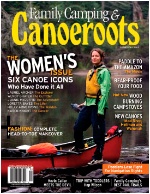 This article first appeared in the Summer/Fall 2009 issue of Canoeroots Magazine.
This article first appeared in the Summer/Fall 2009 issue of Canoeroots Magazine.





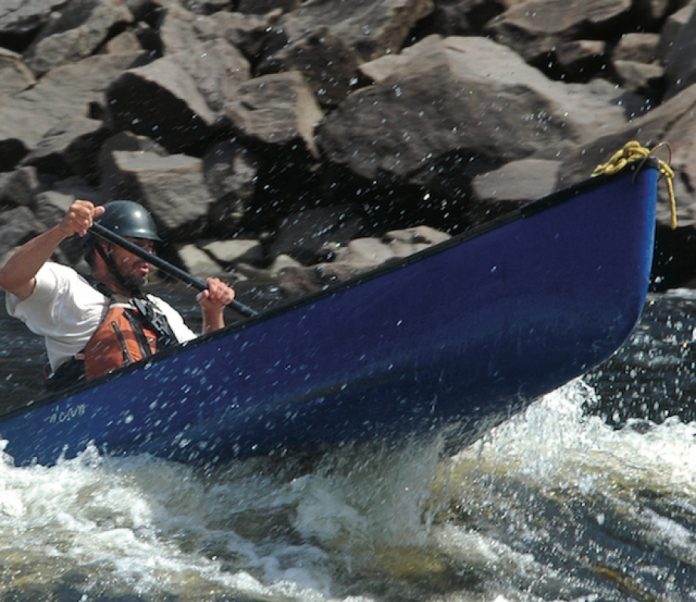

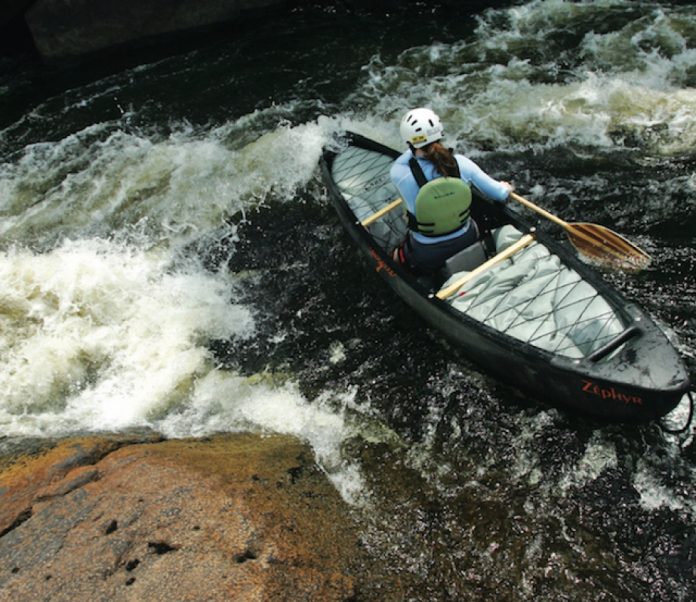

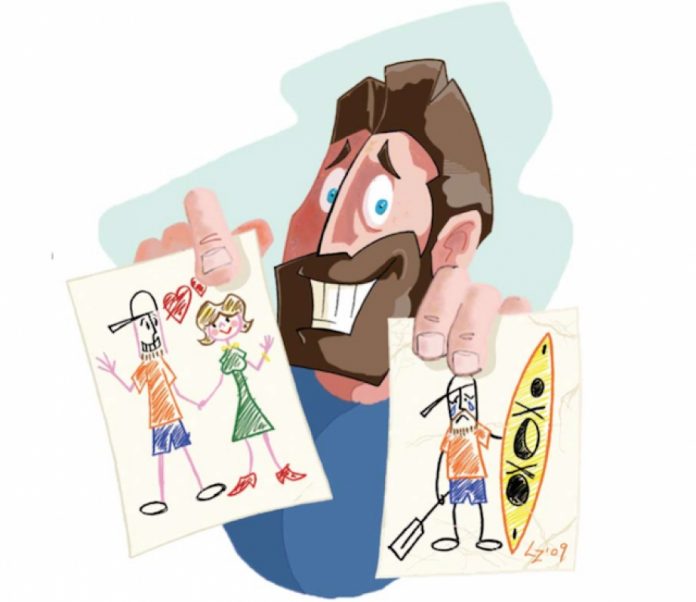
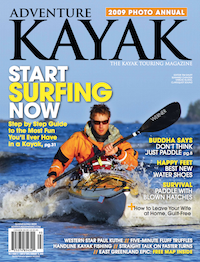 This article first appeared in the Summer/Fall 2009 issue of Adventure Kayak Magazine. For more great content, subscribe to Adventure Kayak’s print and digital editions
This article first appeared in the Summer/Fall 2009 issue of Adventure Kayak Magazine. For more great content, subscribe to Adventure Kayak’s print and digital editions 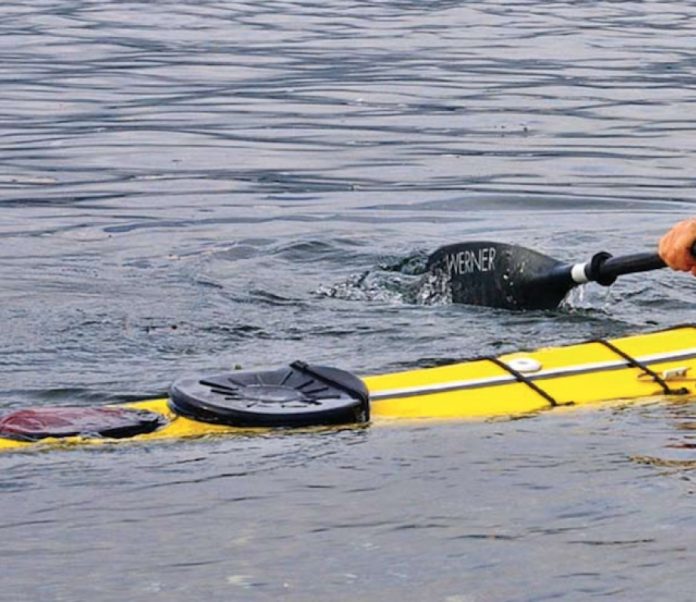

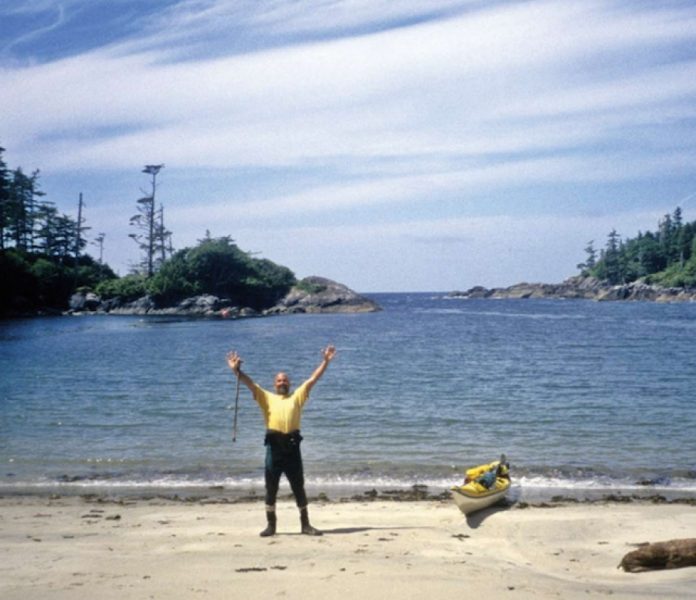
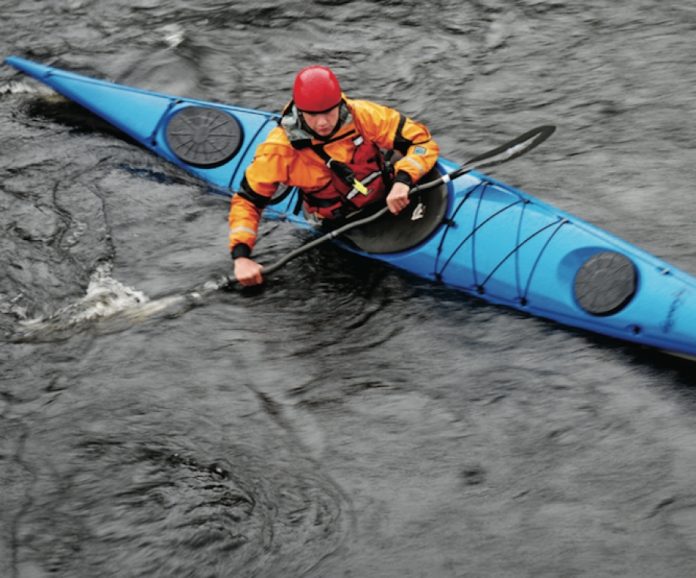
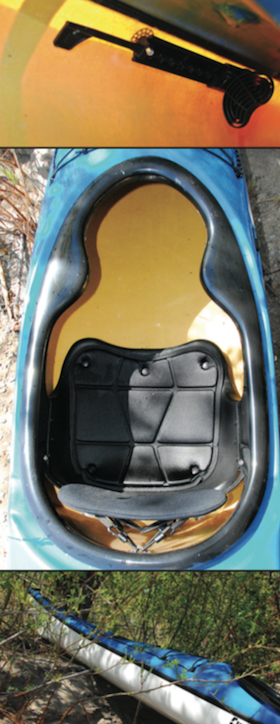 KEVLAR, KEVLAR, EVERYWHERE
KEVLAR, KEVLAR, EVERYWHERE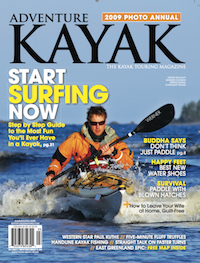 This article first appeared in the Fall 2009 issue of Adventure Kayak magazine. For more boat reviews, subscribe to Adventure Kayak’s print and digital editions
This article first appeared in the Fall 2009 issue of Adventure Kayak magazine. For more boat reviews, subscribe to Adventure Kayak’s print and digital editions 